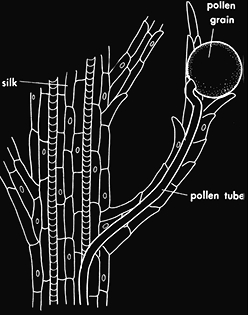A considerable number of male western bean cutworm moths have emerged and been captured in the last week. Some pest managers have reported finding egg masses. As previously mentioned, the female moths seem to have a preference for depositing eggs on the upright leaves just before tasseling. The hatched larvae will crawl immediately to the whorl or leaf axils, depending on corn’s growth stage, for protection while feeding on leaf tissue and/or pollen









